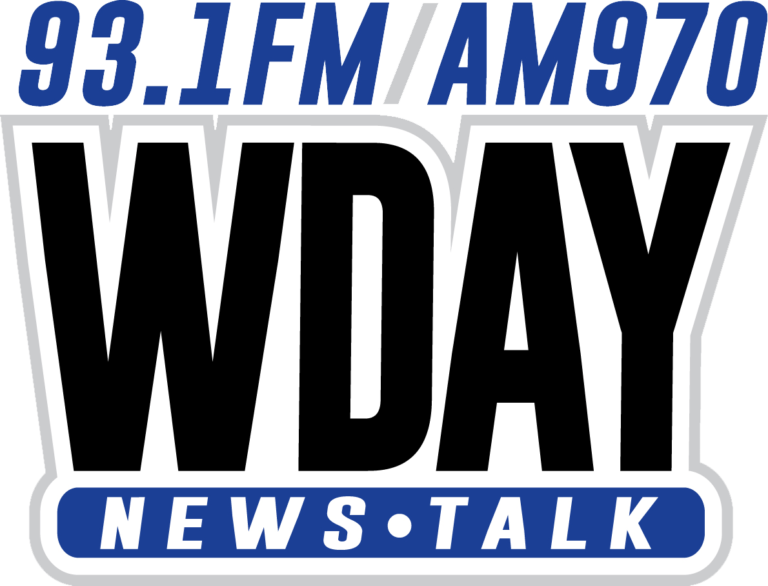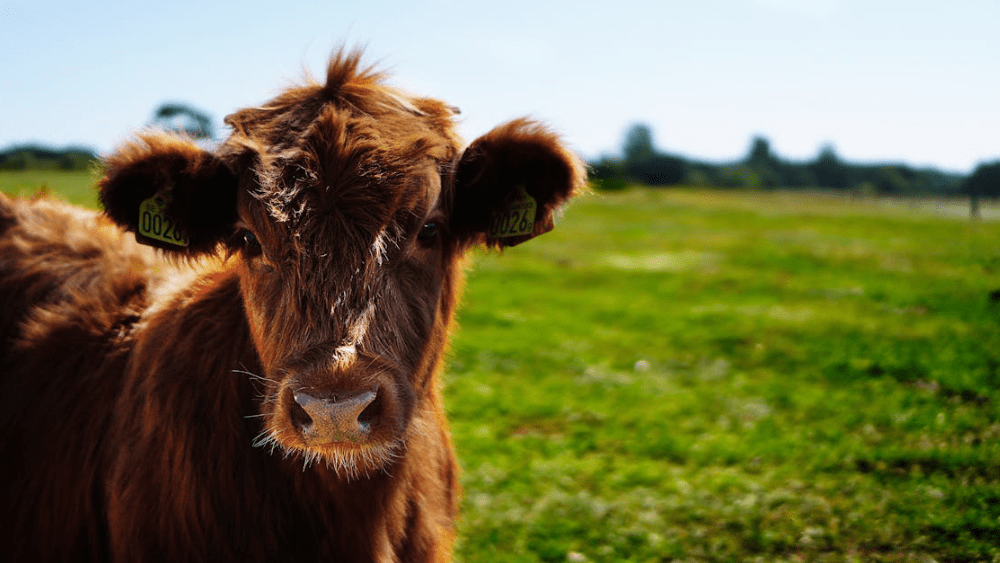Steve Hallstrom
Special to The Farmer
In many respects, these are the best of times for Bakken-area cattle ranchers.
Then again it is 2025 so nothing is all that easy.
North Dakota’s beef industry is riding a wave of optimism. There are record-high beef prices, strong demand, and a sudden slate of policy victories that promise to bolster the state’s beef industry.
Still, margins are thin, summer weather is always a white-knuckle event, and a new parasite at the U.S.-Mexico border has ranchers leaning into the news cycle.
The McKenzie County Farmer recently interviewed Julie Ellingson, Executive Director of the North Dakota Stockmen’s Association, having just returned from the National Cattlemen’s Beef Association’s summer business meeting in San Diego, where industry leaders gathered to discuss the state of the cattle sector.
Her insights paint a picture of an industry at a historic high but attentive to weather volatility and geopolitical uncertainties.
“We are enjoying the highest beef demand domestically and internationally that we’ve had in more than 40 years. We’ve got strong markets in all the livestock classes, and a reducing drought footprint across the nation. And so, there are a lot of things to make cattlemen and women real happy about, along with some political wins that we have seen as recently as last week with the reconciliation bill.”
Record Beef Prices and Tight Supply
The surge in beef prices is driven by a significant reduction in U.S. cattle inventories, which have reached their lowest level in 64 years, according to the USDA’s Cattle Inventory Report released in January 2025. Nationally, cattle numbers dropped to 86.7 million head, with beef cow numbers declining to 27.9 million.
In North Dakota, the numbers have also dropped over the past decade. In 2015, the state was home to approximately 1.83 million beef cattle and calves, a figure that has decreased to an estimated 1.7 million in 2025, according to the North Dakota Department of Agriculture – about a 7% reduction over 10 years, reflecting broader national trends of herd contraction.
The drought of 2021 proved especially costly, as conditions were described as some of the worst since the Dust Bowl. The drought crippled pasture conditions and hay supply. Ranchers sold off approximately 25% more cattle than the previous year, with herd reductions of up to 70-100% in central and western parts of the state.
The lack of rain and high heat dried up pastures, forced early sales of cattle, and, according to an NPR.com article in October of 2021, drove hay prices to as much as $150 per bale, compared to a typical $30 price.
According to a 2025 mid-year review by the USDA Economic Research Service, published in June, this year’s U.S. beef production forecast was adjusted to 26.35 billion pounds, slightly lower than earlier projections, while cattle prices were raised due to recent market strength.
In Oklahoma City, steer prices for 500-600 lb. calves averaged $347 per hundredweight (cwt) in 2025, a 21% increase from 2024. Feeder cattle (700-800 lb.) averaged $281/cwt, up 17% from the previous year, and fed cattle prices reached $215/cwt, a 16% year-over-year increase.
“We are at a record time in the livestock industry, enjoying some of the highest prices we’ve ever had, coupled with the strongest beef demand, and that’s exciting,” said Ellingson. “At the same time, we have more volatility in our marketplace, and so a geopolitical type of situation.
Of course there’s a lot of discussion about tariffs and some of our trading partners and such, and so all of those things can have some impact in a big hurry, and so we’re hoping that we can keep those types of things at bay and really make some good policy decisions to help support and maintain that stability and enjoy those strong market prices.”
Policy Wins in the 2025 Reconciliation Bill
The recently passed reconciliation bill, a sprawling 950-page piece of legislation referred to as President Trump’s “One Big Beautiful Bill,” includes several provisions critical to North Dakota’s cattle producers.
Simply put, many industry observers are saying the new farm bill got swept into the reconciliation bill.
While the farm bill, typically reauthorized every five years, remains stalled—two years past its expected renewal—key agricultural priorities were incorporated into the reconciliation bill, offering, according to Ellingson, significant wins for the industry.
“There’s a lot of good stuff in the reconciliation bill for livestock producers here in North Dakota and across the country. We’re particularly excited about the tax provisions that support multi-generation family farms and ranches. Permanent additions and expansions of policies like the death tax exemption, stepped-up basis, and bonus depreciation are critical for creating business certainty and helping preserve these operations for future generations.”
The bill includes increases in death tax exemptions for individuals and couples, adjusted annually for inflation, addressing a long-standing concern for cattle producers.
“We’re really an asset-rich, cash-poor kind of industry. And so, there are a lot of sad situations and stories about the devastating impacts of the death tax. And again, not only losing the loved one, but also trying to keep a family business whole for the next generation to even be able to afford keeping that business after they have the devastating impacts of the estate tax and such. And so, we’ve really made some good headway in that space, death tax exemption increases, both for individuals and per couple, adjusted annually for inflation, and the permanency of some of those mechanisms,” Ellingson explained.
Additionally, the reconciliation bill enhanced livestock disaster programs and livestock risk management programs, which lessen the impacts of unpredictable weather and market fluctuations. These provisions, traditionally part of the farm bill, provide support for producers facing natural disasters and economic risks.
Proactive Measures Against Screwworm Threat
Another critical issue discussed at the national meeting was the threat of screwworm, a parasitic pest that has migrated northward from South America and Central America, with cases identified in Mexico in late 2024. Researchers say that while screwworm poses no food safety risk, it presents significant animal health and economic challenges.
The USDA and industry have taken aggressive steps to prevent its spread into the U.S., including temporarily closing and reopening the southern border for cattle imports.
“It’s important that we underscore that the screwworm is not in the United States,” said Ellingson, “and it does not pose a food safety concern, but certainly an incredible animal health and welfare and economic concern. This really has gotten to be front and center and really a focal point for our industry in the United States, even though it’s not here, because we have seen a northern migration of this pest, which really has been focused in South America and Central America. But last fall, there were cases identified in Mexico. And so I’m really proud, both with the industry response, as well as that of the USDA, of really taking a hands-on and aggressive approach.”
The screwworm threat underscores the importance of robust animal health programs, many of which are supported by policies included in the reconciliation bill.
Looking Forward
With beef prices projected to remain high through 2026 due to tight supplies and strong demand, North Dakota’s cattle industry is poised to capitalize on this historic moment.
But, Ellingson says, things can change quickly.
“We’re at a record time in the livestock industry with some of the highest prices we’ve ever seen and incredible demand. But we have to stay responsive to changes, whether they come from Mother Nature or policy decisions. The enhancements to livestock disaster and risk management programs in the reconciliation bill give us tools to maintain stability and keep our family operations thriving in North Dakota’s communities.”





